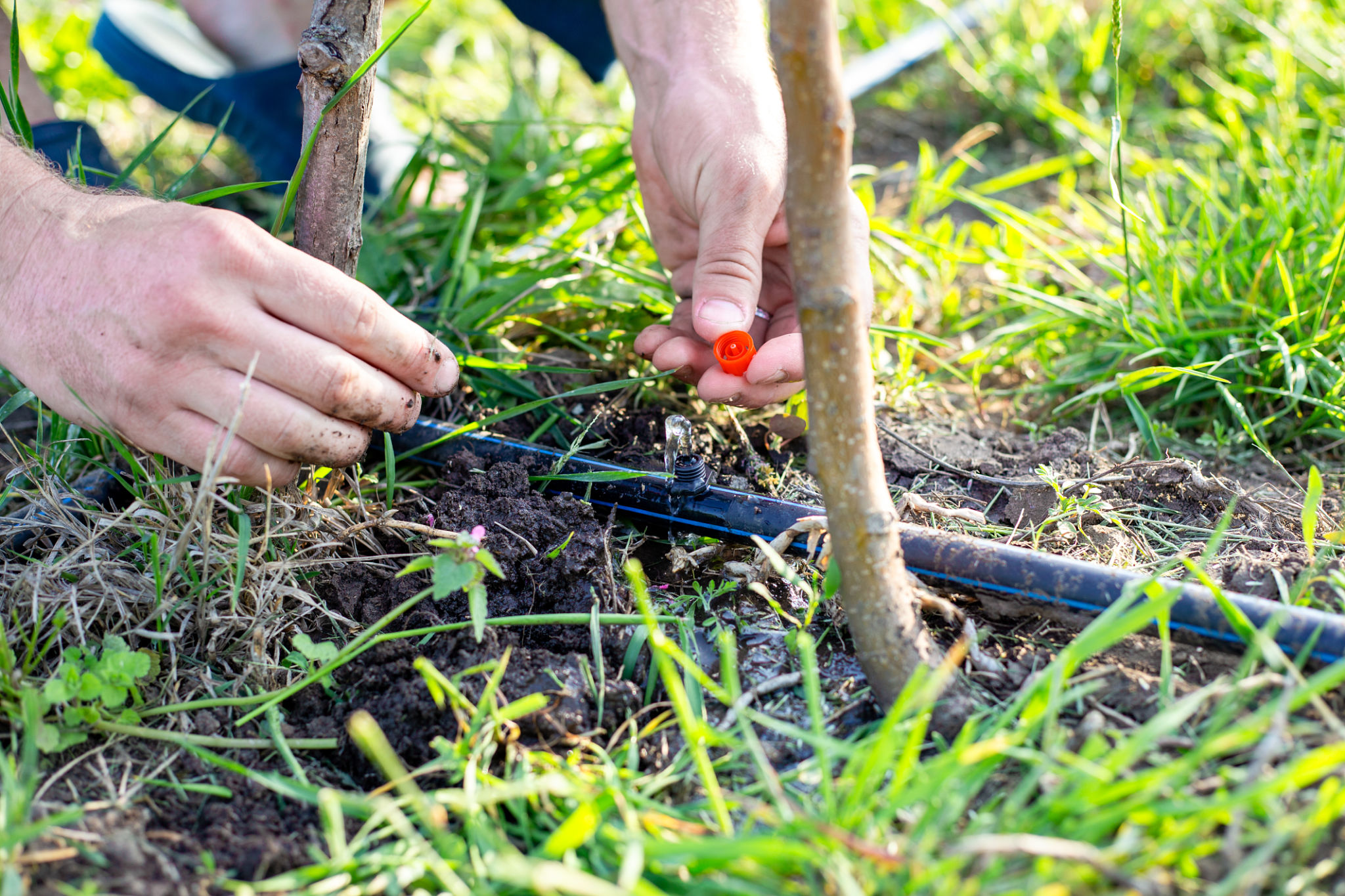A Comprehensive Guide to Irrigation System Installation in KY
MP
Installing an irrigation system in Kentucky can significantly enhance the health and appearance of your lawn and garden. With the right setup, you can ensure that your plants receive the appropriate amount of water, promoting growth and sustainability. In this guide, we'll explore the key steps and considerations for installing an efficient irrigation system in the Bluegrass State.

Understanding Your Landscape
Before you begin, it's vital to understand your landscape's specific needs. Kentucky's diverse climate and soil conditions can affect how you plan your irrigation system. Analyze the types of plants you have and their water requirements. Consider factors such as slope, sunlight exposure, and existing drainage systems to tailor your approach effectively.
Conducting a Soil Test
A soil test is crucial for determining the water retention capacity of your land. In Kentucky, soils can range from clayey to sandy, each with distinct characteristics. Knowing the soil type helps you decide the most efficient watering schedule and prevents overwatering or underwatering, which can harm plant health.
Designing Your Irrigation System
Once you have a clear understanding of your landscape, it's time to design the irrigation system. Start by mapping out the areas you need to water and categorize them based on their specific requirements. Consider using a combination of drip irrigation for gardens and flower beds, and sprinklers for lawns to maximize efficiency.

Choosing the Right Components
Selecting the right components is essential for a successful installation. Key components include controllers, valves, pipes, and emitters. Opt for a smart controller that can adjust watering schedules based on weather conditions, which is particularly beneficial in Kentucky's varied climate. Ensure that all components are compatible and suited for your landscape's demands.
Installation Process
With your design and components ready, proceed with the installation. Start by laying out the pipes according to your design, ensuring they are buried at the appropriate depth to avoid damage. Connect the valves and install emitters at strategic locations to provide even coverage.

Testing and Adjustments
After installation, thoroughly test the system to ensure it functions correctly. Check for leaks, uneven coverage, and ensure that each zone is receiving the correct amount of water. Make necessary adjustments to optimize performance. Regular maintenance checks will help maintain efficiency and prolong the system's lifespan.
Compliance with Local Regulations
It's important to comply with local regulations when installing an irrigation system in Kentucky. Check with local authorities for any permits required or restrictions on water use. This ensures your system operates legally and sustainably, avoiding potential fines or adjustments in the future.
Installing an irrigation system is a valuable investment in your property's health and aesthetics. By understanding your landscape, selecting the right components, and ensuring compliance with local regulations, you can enjoy a lush, green environment throughout Kentucky's seasons. Regular maintenance will keep your system running efficiently, offering peace of mind and beautiful results year-round.
